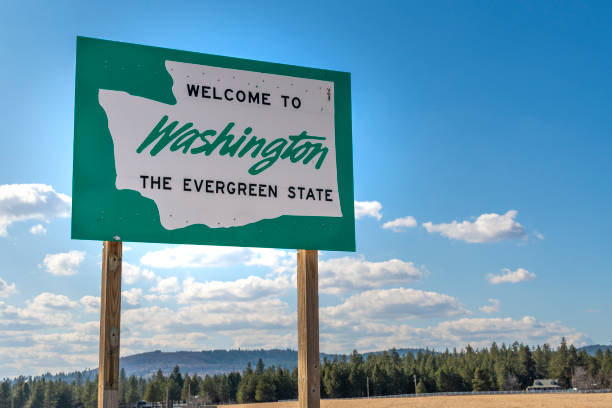Mini-WARN Act Compliance for Employers in Washington State
Last Updated on June 3, 2025
Effective July 27, 2025, Washington State will implement its own version of the federal Worker Adjustment and Retraining Notification (WARN) Act– known as the Securing Timely Notification and Benefits for Laid-Off Employees Act, or more commonly, the Mini-WARN Act. This legislation introduces new compliance obligations for Washington employers and is designed to provide affected employees with advance notice of mass layoffs and business closures.
As HR professionals and business leaders, it is critical to understand how this state-level regulation interacts with the federal WARN Act, and- more importantly- how your organization should prepare to meet its obligations.
The Federal WARN Act: A Brief Overview
The federal WARN Act, enacted in 1988, requires employers with 100 or more full-time employees to provide 60 days’ written notice in advance of certain workforce reductions. Specifically, this applies to:
- Plant closures affecting 50 or more full-time employees.
- Mass layoffs involving either 500 or more full-time employees or 50-499 employees. They must constitute at least 33% of the employer’s active workforce at a single site.
The goal is to provide impacted workers with sufficient time to prepare for transition. This could happen by seeking new employment, reskilling, or accessing unemployment services.
Washington State’s Mini-WARN Act
The Mini-WARN Act, signed into law under SB 5525, complements and expands upon the federal framework in several ways:
1. Broader Employer Coverage
The state law applies to private employers with 50 or more full-time employees in Washington, effectively covering smaller employers who fall below the federal WARN threshold.
2. Notification Requirements
Employers must provide 60 days’ advance written notice before implementing:
- A mass layoff (affecting 50 or more full-time employees in a 30-day period).
- A business site closure, whether temporary or permanent.
Notice must be given to:
- Affected employees
- Any union representatives
- The Washington State Employment Security Department (ESD)
- Local elected officials in the jurisdiction where the closure or layoff will occur
3. Calculation of Business Size
Only full-time employee) are counted toward coverage thresholds. Full time is classified as those working 20 or more hours per week and employed for at least 6 of the past 12 months. Part-time and recently hired employees are excluded for this purpose.
4. Exemptions
The Act provides similar exemptions to the federal law, including:
- Unforeseeable business circumstances
- Completion of a construction project- the affected employees were hired with the understanding their employment was limited to the duration of the project
- Completion of a multiemployer construction project employing persons who are subject to a full union referral or dispatch system
- Natural disasters
- Faltering company exception (for businesses actively seeking financing to avoid closure)
5. Protection for Employees on Leave
Notably, the Mini-WARN Act includes protections for employees on Washington’s paid family or medical leave. These employees generally cannot be counted toward layoff thresholds unless specific exceptions apply.
6. Penalties for Non-Compliance
Non-compliance with the Mini-WARN Act carries significant potential financial risk, including:
- Liability for up to 60 days of lost wages and benefits to each affected employee.
- Civil penalties of $500 per day per violation, payable to the state.
Practical Implications for Employers
Businesses operating in Washington should begin preparing now to ensure compliance with both the federal WARN Act and the new state Mini-WARN Act. It is also advisable to establish or update internal protocols for planning and executing layoffs or closures, including timelines for issuing written notice and identifying the appropriate recipients such as employees, unions and government entities.
Management and HR personnel involved in workforce planning should receive training on the Mini-WARN Act’s provisions, including notice of timing, exemption criteria and documentation requirements. By proactively aligning layoff procedures with these new legal standards, employers can reduce the risk of costly penalties and litigation while fostering a transparent and respectful transition process for affected employees.
Staying Compliant Through Change
With the Mini-WARN Act set to take effect in July 2025, Washington joins a growing number of states (including as far west as California and as far east as New Jersey) with enhanced layoff notice laws. Employers must now account for both federal and state statutes when evaluating workforce reductions.
If your organization needs help reviewing its compliance efforts, reach out to the HR compliance experts at MyHRConcierge at ccooley@myhrconcierge.com, 855-538-6947 ext. 108. Or, schedule a free consultation below:

